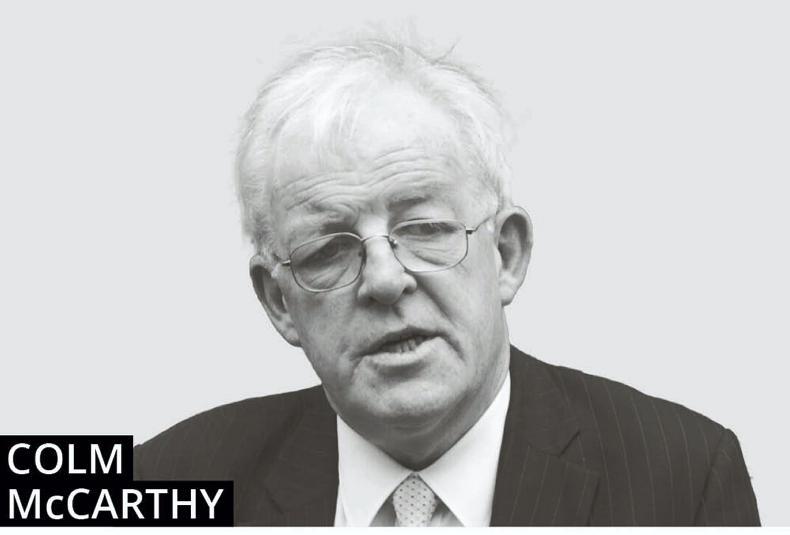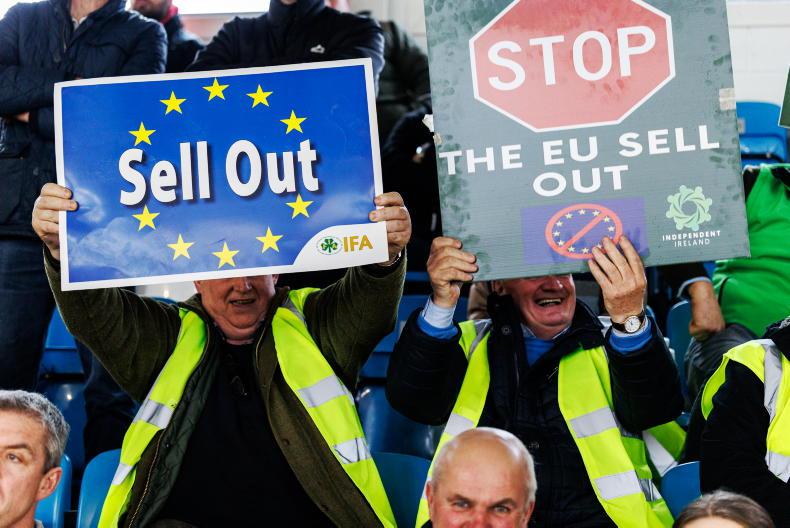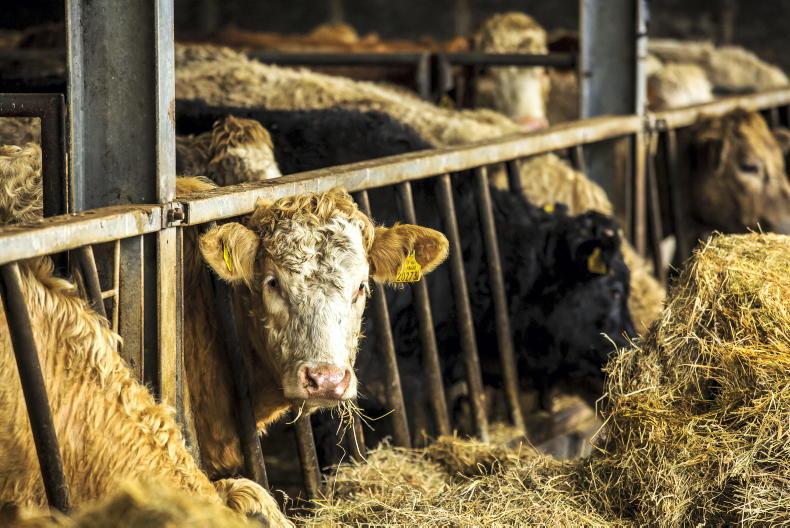Discussions of transport policy in Ireland regularly bemoan the over-reliance on private cars, especially in cities, and contend that lower car ownership would cut emissions and help tackle climate change.
Thus Una Mullally in her Irish Times column recently wrote: “Cars have to go. People can fight this all they want, but it has to happen.”
For a high-income country with low population density, sprawling cities and uneven access to public transport, Ireland is a natural candidate for high car ownership. But it does not have a high ownership rate by European standards.
Figures for 2021 show that car ownership in Ireland was 453 per 1,000 population, only 80% of the EU average.
The highest figures, in the range 650 to 700 per 1,000 population, were for Cyprus, Italy, Luxembourg and Poland. The lowest prevalence of car ownership is found mainly in countries with income per capita well below the Irish figure, including Romania at the bottom of the list.
Ownership rates
The ownership rate in Ireland is below the level in Lithuania, where average income is about half the Irish figure. If Ireland had the same ownership rate as the United Kingdom, which is close to the EU average, there would be around 475,000 extra cars on the road.
Within Ireland, the highest ownership rates are in the rural counties, the lowest in Dublin. Annual mileage per car is also lower in the capital, even though average incomes are higher.
The reason for the low overall ownership rate in Ireland is that cars are dearer here: this is also the case in other high income countries such as Denmark and Sweden, and they have ownership rates in the same 450 to 500 band as Ireland.
Household incomes in the UK are broadly comparable to the Irish figures, but car ownership is higher. Due to differences in tax policy, including a higher VAT rate and vehicle registration tax (VRT), not charged in the UK, a new car in the family saloon category costs €4,000 or €5,000 more in Ireland than the same model in the UK.
Differentials
These differentials also affect second-hand prices, since VRT is payable on first registration of imported used cars and Brexit has added some new hidden costs. Lower mileage figures in urban areas are easily explained: there are better public transport options and cycling or walking is a realistic option for many car owners.
Regular laments about excessive reliance on private cars, including recent speeches from transport minister Eamon Ryan, are wide of the mark.
Ireland has pursued policies which have left car ownership lower than you would expect it to be. In Dublin, cycling and walking are promoted, but of little interest for longer journeys and the failure to plan for a more compact city means that car commuting is here to stay.
If cars are to be powered with low-carbon electricity, the climate benefits from discouraging car ownership and use are being eliminated
Since it is stated policy to shift the car fleet to electric propulsion, and this is already happening at least in urban Ireland, the ministerial focus on the climate benefits of lower car reliance is puzzling.
If cars are to be powered with low-carbon electricity, the climate benefits from discouraging car ownership and use are being eliminated. In rural areas, it is clear that public transport alternatives are simply not feasible on any wide scale, and shifting rural motorists out of cars seems pointless if de-carbonisation is happening.
But even in cities whose residents drive low-carbon cars, there remains a powerful case for discouraging excessive use. If they cease to be a source of emissions, they still create congestion and congestion is a serious negative externality.
Many cities around Europe have introduced, or are contemplating, some form of congestion charging, especially at peak times. There is a case for restrictions on parking in Irish cities and the Government, through the National Transport Authority, is working on policy options.
Residents enjoy virtually free (a permit is just €40 per annum) kerbside parking on many inner-city streets in Dublin, including streets too narrow to accommodate two lanes of traffic. Some of these streets are even scheduled bus routes!
Better bus fleets utilisation
Better bus fleet utilisation and quicker service requires more space for buses and less for parked cars.
Una Mullally acknowledges the point, but goes on to propose the vacated kerbside parking spaces be devoted to “… benches, beehives, trees, wild gardens, community gardens and allotments, communal barbecuing and picnic areas, and green play areas. Imagine walking out of your house in the morning, in the middle of the city, and being greeted not by dozens of stationary vehicles but by nature.”
An Arcadian vision, rustic splendour in the heart of Dublin, with buses obstructed by the beehives of the residents instead of their parked cars. The residents might choose the free parking over the beehives and it is not hard to guess what Dublin Bus would prefer.










SHARING OPTIONS